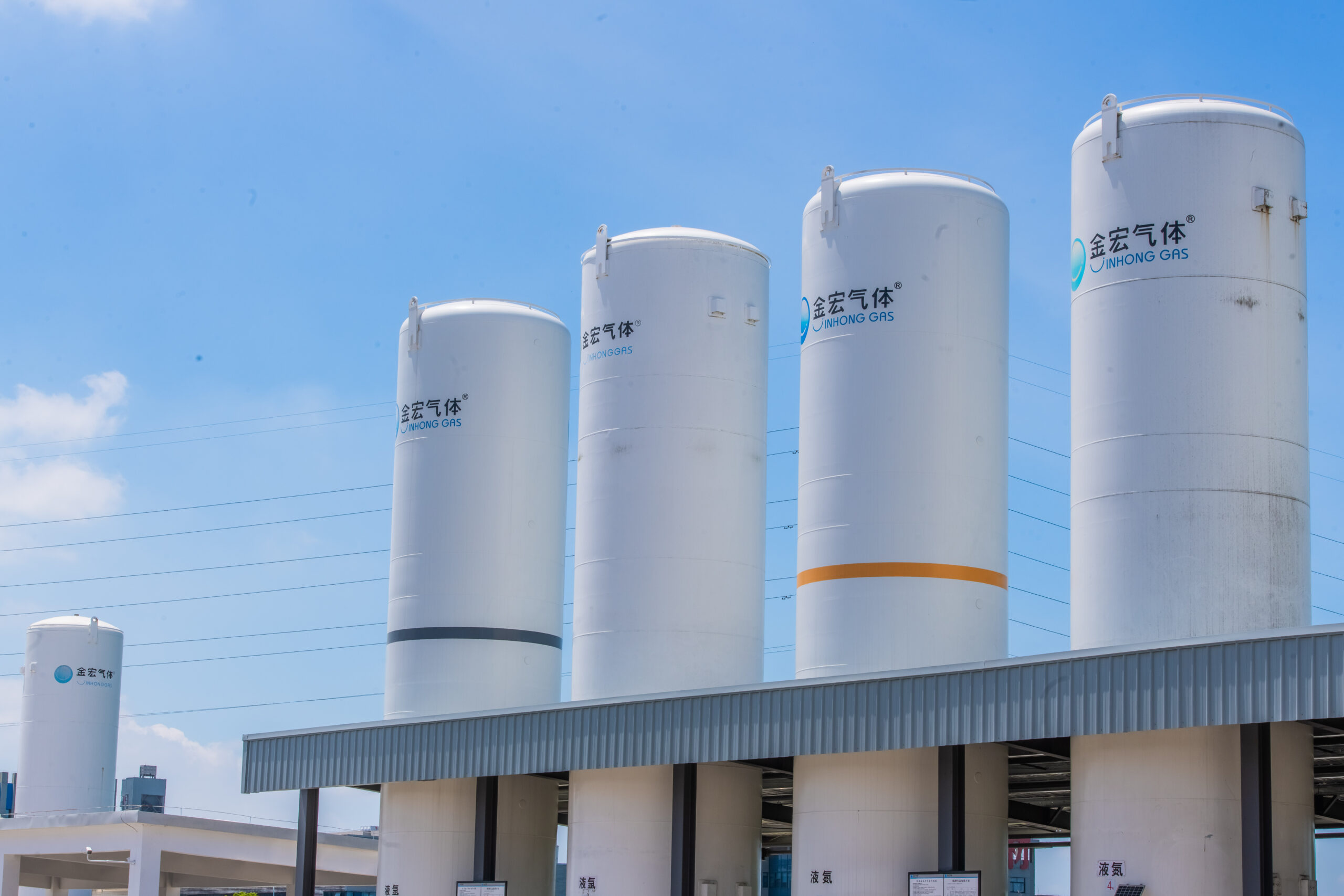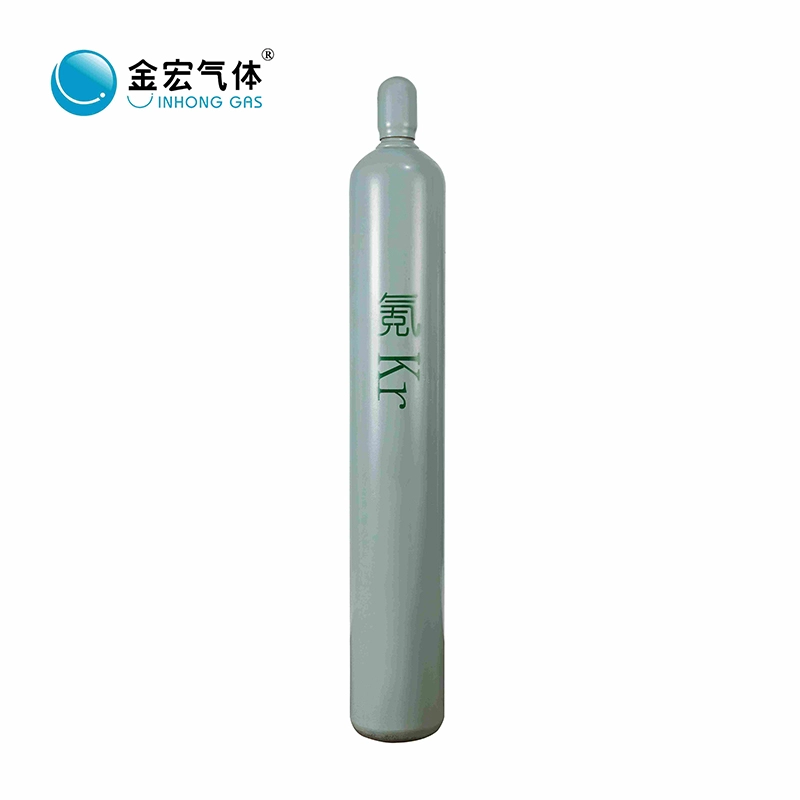What Is Nitrous N2O?
Nitrous N2O, commonly called nitrous oxide or “laughing gas,” is a colorless, non-flammable gas with a slightly sweet odor. It is composed of two nitrogen atoms and one oxygen atom. Widely used in medicine, automotive industries, and even food production, it plays a surprisingly versatile role in daily life.
When inhaled in controlled doses, it produces mild euphoria and pain relief, making it valuable in healthcare. However, its properties also make it useful in technical and manufacturing fields.
Key Properties of Nitrous N2O
- Molecular formula: N₂O
- Appearance: Colorless gas
- Smell: Slightly sweet
- Density: Heavier than air
- Solubility: Moderately soluble in water
It remains stable under normal conditions but can decompose explosively at high temperatures, releasing oxygen that supports combustion.
Common Uses of Nitrous N2O
1. Medical Applications
It is most famous for its role in anesthesia and pain management. Dentists and surgeons use it to ease patient discomfort. It provides quick sedation without loss of consciousness.
2. Food Industry
In the food sector, It is used as a propellant in whipped cream dispensers. It helps create a light, airy texture in creams and foams.
3. Automotive Performance
In motorsports, nitrous systems inject N2O into the engine to significantly boost horsepower. When decomposed, it releases extra oxygen, allowing more fuel to burn and producing more power.
Safety Considerations When Handling Nitrous N2O
Although It is generally safe in controlled environments, improper handling can lead to risks:
- Overexposure can cause oxygen deprivation.
- Direct inhalation in high amounts may lead to unconsciousness.
- Storage cylinders must be kept upright and secure.
- Always use in well-ventilated spaces.
Medical professionals and industrial workers must follow strict guidelines when using or transporting nitrous oxide to ensure safety.
Environmental Impact of Nitrous N2O
It is a potent greenhouse gas, with a global warming potential nearly 300 times greater than carbon dioxide over a 100-year period. Agriculture, especially fertilizer application, is a significant source of N2O emissions.
Reducing emissions requires:
- Smarter fertilizer management
- Improved agricultural practices
- Adoption of low-emission technologies
Sustainable efforts are critical to limit nitrous oxide’s environmental impact.
Conclusion
Nitrous N2O is a versatile and powerful compound that benefits medicine, industry, and food production. While its positive uses are well-known, responsible handling and environmental awareness are crucial for minimizing risks.
Understanding the nature and behavior of it helps industries and individuals harness its advantages safely and sustainably.




